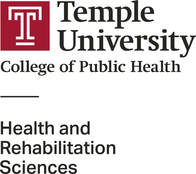|
We know the ways people use language to identify themselves and others is powerful yet fluid. When discussing the topic of autism and disability, we acknowledge that there are a range of often divergent terms. We have chosen to use person first language on this website. Person first language aims to center the individual first and treat the condition of their ‘ableness’ as secondary rather than the defining characteristic. For example, instead of calling someone “ an autistic child” or “ a wheel-chaired woman,” person first language they would instead refer to them as "a child with autism '' or “a woman with a wheelchair." Even when using person first language there are some who find “person with autism” to be problematic. In light of this our research team has decided to refer to those with Autism Spectrum Disorder (ASD) as “adults/individuals/people on the autism spectrum”. We hope this editorial decision about the use of language is satisfactorily inclusive for those in the autism community.
|


